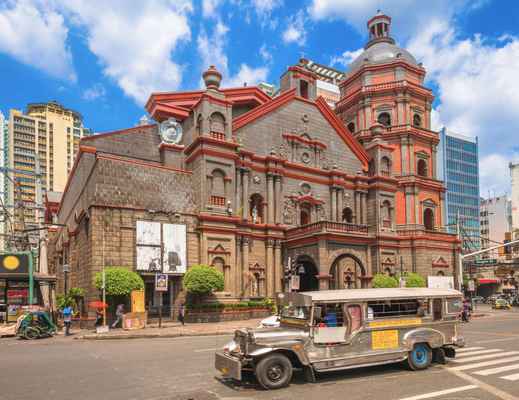
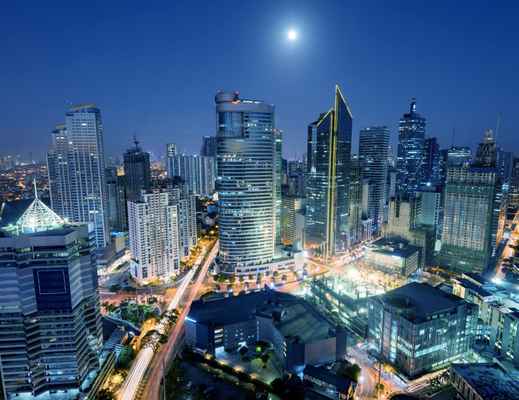
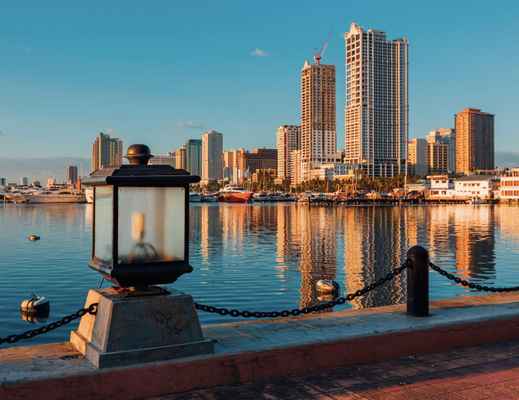
Metro Manila
Asia
/
Philippines
/
Metro Manila
Metro Manila, the bustling heart of the Philippines, is a contemporary metropolis where soaring skyscrapers fuse with historical Spanish colonial architecture. Comprising 16 cities and one municipality, this urban nexus experiences a tropical climate promising defined wet and dry seasons, with October through to February offering the most favorable durations for a visit.
The city palpates with a captivating spirit, blending centuries-old churches with sparkling shopping malls, and street food vendors competing with world-renowned restaurants. The Filipino culture observed here is an intriguing mix of Asian, Spanish, and American influences, echoed in the language, cuisine, and mannerisms. The locals, globally recognized for their congeniality and warmth, frequently converse in English, making it a convenient destination for international voyagers.
Metro Manila's gastronomic landscape is what truly distinguishes it. From traditional Filipino favorites like sisig and adobo to contemporary fusion titbits, the city is a trove for culinary enthusiasts. The complicated markets of Binondo, globally identified as the oldest Chinatown, advocate a genuine flavor of regional life, while Bonifacio Global City exhibits the metropolitan's present-day persona with its modern artworks and superior dining options.
Ensure you incorporate Intramuros, the historical fort city, into your itinerary and partake in guided promenades along cobblestone routes leading to Fort Santiago. For an alternative view, Manila Bay's sunset views form a stunning spectacle that locals have reveled in for generations. Concurrently, the modern art galleries and speakeasies of Makati demonstrate the city's ongoing cultural transformation.

Get to Know Metro Manila
Take a tour of this destination's highlights
Inspiring Reads on Metro Manila

Travel Tips for Metro Manila
What you need to know before traveling here
Getting Around Metro Manila
A guide to Metro Manila's local transportation
Three overhead rail networks connect primary zones of Metro Manila. Procure pre-paid travel passes from station counters. Trains operate from 5:30 AM until 10:30 PM. Anticipate high traffic during peak hours (7-9 AM, 5-7 PM).
Practical Tips for Metro Manila
Things to prepare and best way to visit
The most enjoyable travel period is from December to February, offering comfortable weather conditions with reduced humidity and scanty rainfall. These months also host several cultural festivals and events.
As with most major cities, basic precautions should be taken. Stay in areas with substantial footfall, maintain awareness of your surroundings, and safeguard your belongings. Tourist-centric zones are generally safe and well-surveilled.
Opt for airport-endorsed taxis, prepaid Grab, or P2P buses. Refrain from non-official transport propositions within or outside the terminal.
Most restaurants incorporate a 10% service fee in their bills. Although additional gratuity is welcomed, it is not essential. Round up the fare rates for taxis.
The local currency is the Philippine Peso (PHP). While large-scale establishments accept card payments, it's smart to have some cash for local markets, public transportation, and smaller business outlets.
See All Practical Tips for Metro Manila

Explore Metro Manila
Create your itinerary with our top picks below

Get to Know Metro Manila

Travel Tips for Metro Manila

Explore Metro Manila





















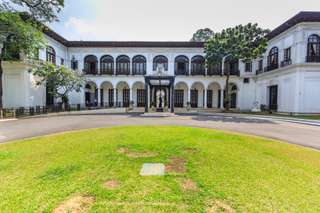

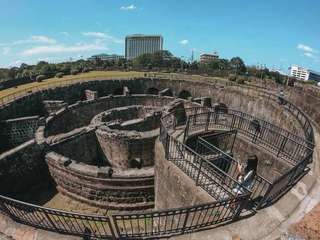





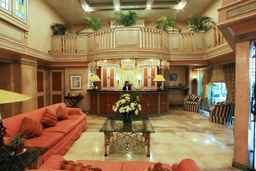










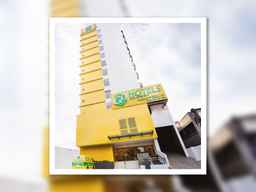


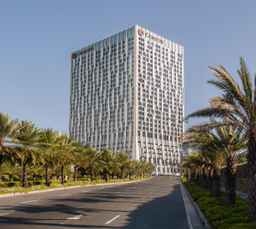





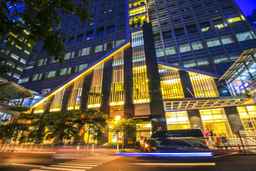













 Facebook
Facebook Instagram
Instagram TikTok
TikTok Youtube
Youtube Telegram
Telegram
